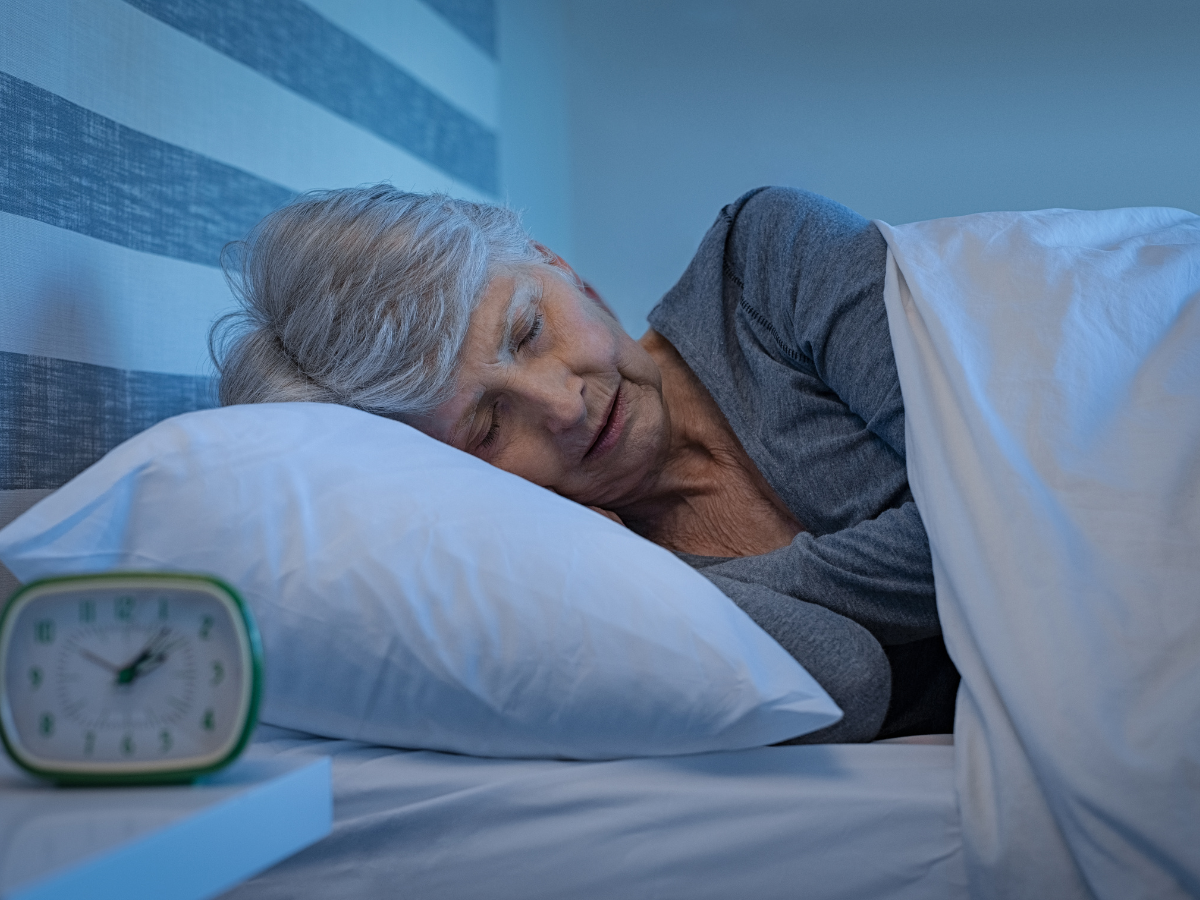Most of us take walking up and down the stairs for granted. It’s a simple part of our everyday routines. However, there are many people who don’t look at the act of climbing stairs as an easy-to-do task. For both elderly individuals and people with mobility issues, stair-climbing is a hardship. In fact, for many, it’s a place where the likelihood of an injury is high. It is not an issue to be taken lightly.
As Cubby of Toronto’s Eldercare Home Health reports, “falls by seniors over 65, account for 70% of all deaths, from accidents on stairs.” So, what steps should be taken to secure a safer staircase in your home?
Ensure your stairs are not in disrepair.
Does your staircase have any loose floorboards? Are there cracks in the surfaces of the steps? Is there anything on the stairs that may impede someone from climbing them? It’s vital that your stairs are in tip-top shape. By ensuring that they are level and not dented or slanted, you will ensure proper footing on each step. If there are any defects with your staircase, it’s important to repair them immediately.
“Make sure there are no uneven surfaces, cracks, bunched-up stair-covering or protruding nails,” advises the Government of Canada website. The site recommends that you have a carpenter correct any uneven steps.
Make sure the stairwell is well lit.
It’s so much easier to avoid a trip and fall if you can see what is in front of you. Whether you are walking up or down the stairs, it’s important to have the steps brightly lit. This is especially important if members of your household have any vision impairments. The elderly are particularly cautioned against using dimly-lit stairs. It should also go without saying that tripping hazards should be removed from the steps to keep them safe.
As Cubby reports, “one research study, reported in Investigative Ophthalmology, found that artificially blurred vision slowed healthy people climbing stairs by 11%. Their uncertainty caused the subjects to shift their balance forward and to increase the height and forward swing of each step they took. If you’re uncertain on stairs but you don’t have knee pain on stairs, it could be time to have your eyes checked for cataracts.”
Exercise regularly to increase strength and mobility.
The stronger you are, the better you’ll be able to support yourself using the handrail of your staircase. The better in shape you are, the less likely you will grow tired of climbing up and down the stairs. By exercising regularly, you provide yourself with a multitude of health benefits. Making yourself a stronger and safer climber of the stairs is just one of those benefits.
“You may not have exercised in years but the good news is that you don’t have to go to a gym to strengthen your knees, legs and ankles or to do balance exercises,” informs Cubby, “A sturdy chair, your bed, a table and even your stairs are about all you need to do some basic exercises.”
Install a stair lift.
A stair lift is an effective solution when a set of stairs keeps you from enjoying your whole home. Advantage Home Health Solutions always ensures you have the complete picture to make an informed stair lift purchase. We’ll help you to choose the stair lift solution that is best for you! Please don’t hesitate to give us a call at 403-460-5438. You may also email us by filling out the form on our Contact page!




